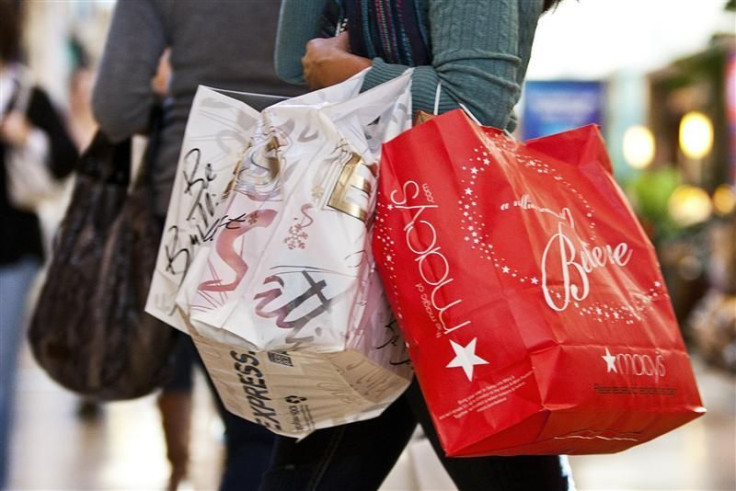US Personal Spending Rose 0.8%, Most In 7 Months

Americans spent their hard-earned money a bit more freely in February, the most in seven months, even as income rose only modestly, according to government data released Friday.
The Commerce Department said consumer spending rose 0.8 percent in February, as Americans purchased more motor vehicles despite the higher gasoline prices. That's better than the 0.6 percent gain economists polled by Reuters had expected.
January's spending was revised up to 0.4 percent from a previously reported 0.2 percent gain.
Americans' income rose 0.2 percent, matching January's pace. The increase fell below economists' forecast for a 0.4 percent rise.
Households, whose spending accounts for about 70 percent of the world's largest economy, were encouraged by the improved labor market conditions. American's saw the best six months of job growth since 2006 and unemployment fell to a three-year low.
Consumer confidence was revised up to 71.6 in February, the highest level in a year. This closely watch barometer has made a recovery since it fell to an all-time low of 25.3 in February 2009.
A separate report from the Labor Department suggested February was another strong month for hiring. Weekly applications for unemployment benefits dipped last week to 359,000, the lowest level since April 2008.
Still, even with positive news in the jobs front, Americans are seeing their income decline after accounting for taxes and inflation.
After paying taxes and adjusting for inflation, incomes actually dipped 0.1 percent in February, following a 0.2 percent decline in January.
At the same time, inflation-adjusted spending rose 0.5 percent, the largest gain since September.
Strong consumer spending paired with modest income pushed the savings rate down to 3.7 percent in February from 4.3 percent in January, and the lowest rate since August 2009.
A core inflation measure, the price index for personal consumption expenditure, increased 2.3 percent on a year-over-year basis in February. That's above the Federal Reserve's long-term annual inflation target of 2.0 percent.
On a monthly basis, the PCE price gauge rose 0.3 percent, the largest gain since August, following a 0.2 percent rise in January.
Earlier this month, Fed officials said the recent increase in oil and gasoline costs would only push up inflation temporarily.
The core PCE index, which excludes volatile food and energy prices, moved up 1.9 percent on a year-over-year basis in February. The gauge rose 0.1 percent month-over-month in February, after rising 0.2 percent in January.
Stock futures gained on the news. The S&P 500 advanced 6 points, while the Dow Jones Industrial Average rose 51 points.
© Copyright IBTimes 2025. All rights reserved.






















